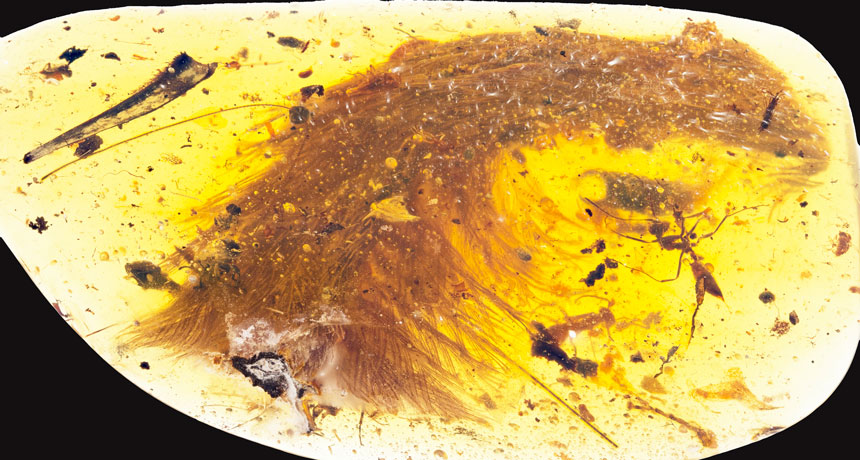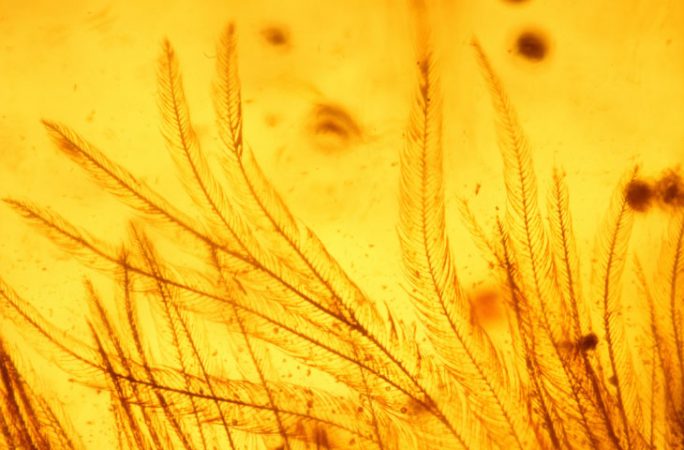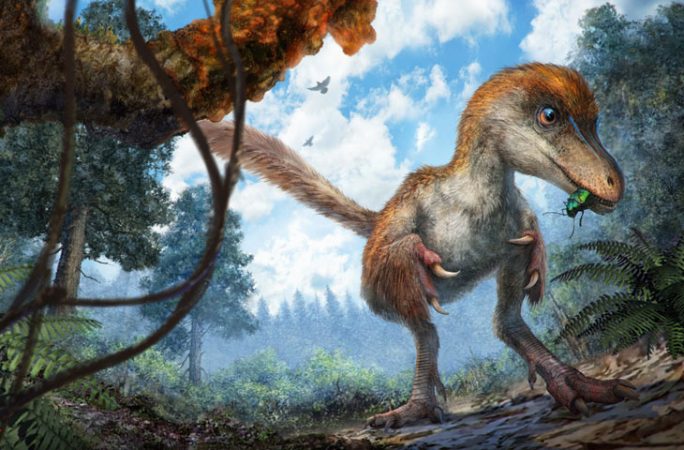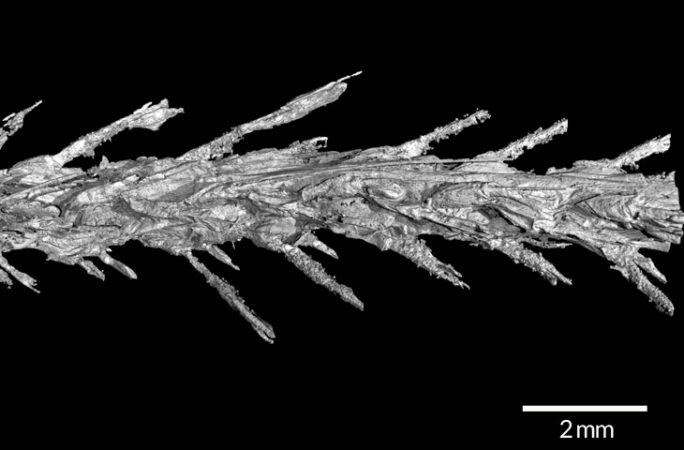amber Fossilized tree resin (not sap). Researchers think most of this gemstone likely comes from conifers, or evergreen trees that bear cones.
biology The study of living things. The scientists who study them are known as biologists.
birds Warm-blooded animals with wings that first showed up during the time of the dinosaurs. Birds are jacketed in feathers and produce young from the eggs they deposit in some sort of nest. Most birds fly, but throughout history there have been the occasional species that don’t.
coelurosaur A small, slender, bipedal, carnivorous dinosaur with long forelimbs. Scientists believe birds evolved from coelurosaurs.
colleague Someone who works with another; a co-worker or team member.
dinosaur A term that means terrible lizard. These ancient reptiles lived from about 250 million years ago to roughly 65 million years ago. All descended from egg-laying reptiles known as archosaurs. Their descendants eventually split into two lines. They are distinguished by their hips. The lizard-hipped line became saurichians, such as two-footed theropods like T. rex and the lumbering four-footed Apatosaurus (once known as brontosaurus). A second line of so-called bird-hipped, or ornithischian dinosaurs, led to a widely differing group of animals that included the stegosaurs and duckbilled dinosaurs.
fossil Any preserved remains or traces of ancient life. There are many different types of fossils: The bones and other body parts of dinosaurs are called “body fossils.” Things like footprints are called “trace fossils.” Even specimens of dinosaur poop are fossils. The process of forming fossils is called fossilization.
geoscience Any of a number of sciences, like geology or atmospheric science, concerned with better understanding the planet. People who work in this field are known as geoscientists.
resin A sticky, sometimes aromatic substance, often secreted by plants. It may also be the viscous starting ingredient for some plastics that will harden when heated or treated with light.
Tyrannosaurus rex A top-predator dinosaur that roamed Earth during the late Cretaceous period. Adults could be 12 meters (40 feet) long.













